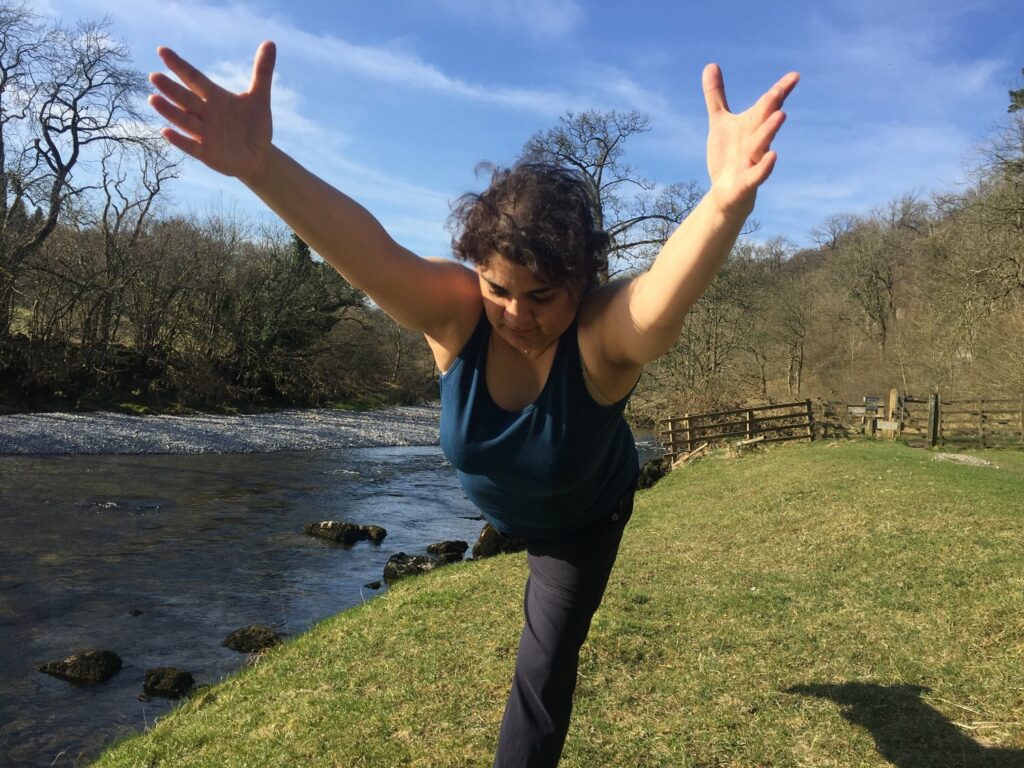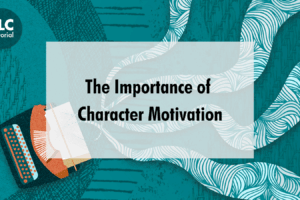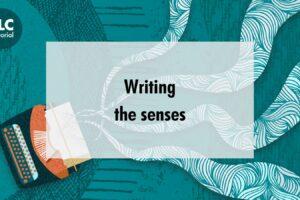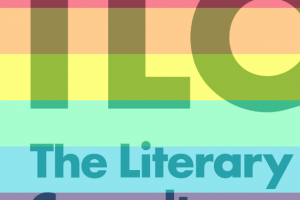Creativity is an expression of the incredible marvel of being human. To move is to express this, and if you move every day you will deepen your relationship with creativity without even noticing it. Our relationship to creativity needs tender and steady attention to nurture it. Movement is sometimes included as a nice-to-have, optional wellbeing add-on. This isn’t the case. When I don’t keep up regular movement practice, my sense of being creative diminishes. Movement is a core component of creativity.
What does creativity look like? I mean literal appearance not a metaphorical ‘how does creativity manifest for you?’ You may be reading these words puzzled. After all, creativity is not a person or a tangible thing. It is a mind-state perhaps or a way of being or sometimes we think it is an innate quality, as in: ‘X is so creative but Y isn’t.” We believe we can summon up creativity at will. Sometimes it might feel like our creativity is constipated. We need to push it, or summon it or feed it. To be honest this sometimes feels like an uphill struggle. We think of ways to free it. We turn to self-help manuals. We find ways of defining it. I’ve spent a lifetime chasing it. To return to my original question, ‘What does creativity look like?’ Seriously take a moment, doodle a sketch, what do you think? Later this year, I’ll be teaching a masterclass as part of The Literary Consultancy’s Write Club Plus which offers a cradle in which to nurture creativity. In this case, it is to support a writing practice; but it doesn’t matter what our creative output is. Allowing and enabling our dialogue with creativity to flow is essential. If you haven’t explored the role of movement within this, then I would suggest that right now is the perfect time.

In some cultures, creativity isn’t an individual trait, but rather an external entity. You may have come across Elizabeth Gilbert’s thoughts on this: “In ancient Greece and ancient Rome people did not happen to believe that creativity came from human beings… creativity was this divine attendant spirit that came to human beings from some distant and unknowable source for distant and unknowable reasons…”
In Hindu philosophy, creativity is represented as Shakti, or the mother goddess. Shakti is the animating, creative force within the universe. She is sometimes depicted as implacably fierce; garlanded by skulls and standing with one foot on the supine form of her husband Shiva often thought of as pure consciousness. The thing is that these forces cannot operate without each other. In this vision of the world, pure thought, pure consciousness, pure spirit is nothing without the movement, the animating force, the energetic zeal of creativity.
In many Eastern philosophies (I know that ‘Eastern philosophy’ is a vague term, I’m leaving it deliberately so, as this is not an article about philosophical intricacies!) the mind is not exclusively the purview of the head but also of the heart. So there is a sense that there is a heart-mind seated in the body. Some take this concept further and suggest that actually the mind isn’t in the head at all, but in the body. When we move, we invite our creativity to loosen and unburden, we invite creativity to take a seat opposite us, we begin a dialogue.
What about us though? We are generally a sceptical society aren’t we? We want to believe in magic but we don’t. Maybe we can’t. We really want to believe in creativity but maybe deep down, we don’t and so creativity eludes us. I invite you to begin a dialogue with creativity by exploring movement. I sometimes get asked, ‘what sort of movement works best for creativity?’ I only wish I could dispense a prescription. The truth is that the movement that awakens your curiosity and enlivens your spirit is the type of movement that works best. For me, a combination of Qigong, yoga and running seem to work best. I teach a slow flow for creativity which opens up a fluid dialogue between body and mind, between intention and creation.
Sir Ken Robinson defined creativity as “the process of having original ideas that have value.” I think that this doesn’t fully capture it. Creativity is as much about ritual and movement and practice. The cellist Pablo Cassals said: “For the past eighty years, I have started each day in the same manner. It is not a mechanical routine, but something essential to my daily life. I go to the piano, and play two preludes and fugues of Bach… It is a rediscovery of the world of which I have the joy of being a part. It fills me with awareness of the wonder of life, with a feeling of the incredible marvel of being a human being.”
I treat Cassals’ words like advice: I too practice some movement everyday. I recommend you try it too as an invitation to creativity to become more present for you. If you’re not sure where to start a movement practice, I would suggest moving in a way that feels fluid. These are some of the things I turn to, when I need to move:
- Wild Horse Shaking
Many movement modalities offer versions of this. This is my favourite from Qigong. Stand with your feet hip distance apart. Allow your tailbone to sink slightly towards the earth, like a tap root tunnelling down. Begin to shake your centre. That is pretty much it. Continue to shake for a few minutes. Tune in to the feeling of your centre moving up and down. This is inspired by wild horses: what can you do to embody a feeling of freedom? Oh, and don’t worry if you feel daft the first time you do it. I did. But then slowly, I came to love it. I do this now, when I need to move. I step away from my desk and shake.
- Slow Flow
A slow, breath-led yoga flow is one of the most powerful ways I know for supercharging creativity. But, take heed. This is by no means instant, rather a daily way to pay attention.
- Walk outside
I almost called this walk in nature but that’s not strictly correct. Outside is nature. Walking is the simplest way to tap into a feeling of flow. And for me, flow is simply another way of understanding creativity








